Protecting your printer filament
WE OFFER A VERY CHEAP SOLUTION TO A COMMON PROBLEM
This is a very exciting time for 3D printing. It seems like printers are getting faster, cheaper and easier to use all the time. A technology that was definitely niche just a few years ago is now affordable for the average home. It’s still not as simple and reliable as normal printing, though. There can be some trial and error involved, and sometimes prints just go wrong for reasons that don’t seem very obvious.
If you’ve done much 3D printing you’ve probably experienced some problems already. Printer filament that keep breaking, bubbles that appear in your projects or prints that seem much more brittle than they should be – these are all common issues. They can have various causes, but more likely than not there’s a simple reason for them – and a simple solution, too.
How do you store your filament? Is there a stack of spools on your desk, or lined up on a shelf? Have you checked the humidity in your workshop recently? There’s a very good chance that your filament is slowly absorbing moisture from the air, and that’s a Very Bad Thing.
What’s the problem?
Many filament materials are hygroscopic to some extent – they attract and soak up water. Printers have a certain tolerance for that, but if the filament picks up too much moisture problems start to appear. Water can boil in the extruder, creating bubbles of steam – and if the bubbles get big enough the filament will break. Even if there aren’t visible bubbles the steam can make the filament swell slightly, distorting your print. Water can even cause chemical changes in the filament as it’s heated; if your prints seem discoloured or brittle that could be why.
Not all filaments are equally susceptible to moisture. PLA and ABS will pick up some, but it’s usually less of an issue with these. On the other hand nylon can absorb quite a lot of water. That might be surprising, because nylon is used to make waterproof jackets and monofilament fishing line, but it’s a fact. Nylon likes moisture so much that in an average room it will soak up its full water capacity in just 18 hours.
Worst of all is PVA. This is a more specialised printer filament that’s often used to make water-soluble supports, and there’s a warning right there. A water-soluble material is going to have problems if it gets too wet before you want it to. In fact if you don’t store PVA in a sealed container it can become useless in a few days.
The easy answer
So PVA is the worst, but any printer filament will perform best if you protect it from moisture. There are a lot of elaborate, and often expensive, ways of doing this, but you can get good results very simply. If you store filament in any type of airtight container that will protect it. Yes, it will soak up whatever moisture the air around it contains, but once that’s gone it won’t get any more. Even better is to minimise how much air is in the container.
The simplest way to do that is with vacuum bags. These are usually sold to protect clothes in storage or travel, but they work great for filament too. Get a smaller size of bag – a foot or 18 inches square works fine – and simply seal your spools inside them with a couple of packets of silica gel. Then use your hoover to suck out the air. There will be almost no moisture left inside and the silica should suck up whatever’s left. Then, when you need to print, just take out the spool you need, run the job and seal it back in the bag again. It doesn’t cost much, it’s simple, and it can make a real difference to the quality of your printing!

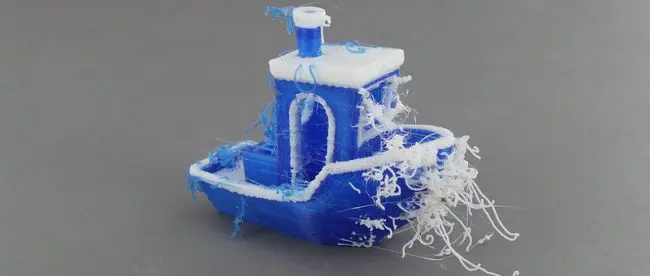
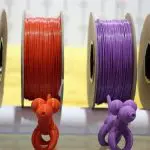
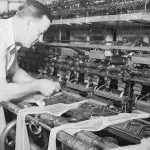

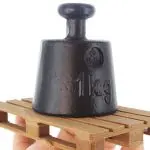
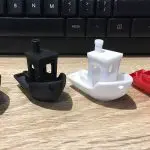
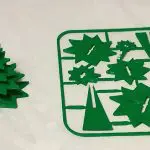
Leave a comment
You must be logged in to post a comment.